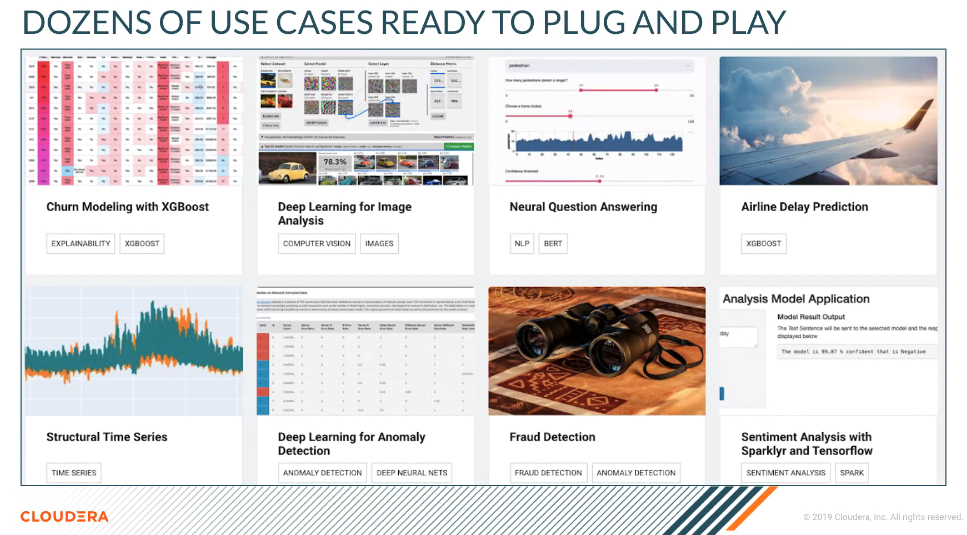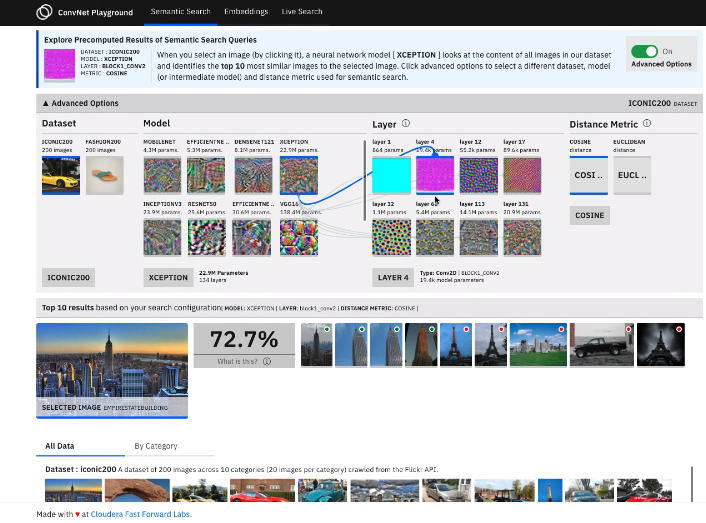Cloudera has launched Applied ML Prototypes, complete machine learning projects for use cases that give data scientists a running start on development.
Applied ML Prototypes (AMPs) are available within Cloudera Machine Learning. By taking care of a lot of the coding and workflow grunt work, data scientists can focus on developing for the enterprise use case and iterating.
Cloudera plans on adding dozens of AMP use cases that will accelerate the use of emerging machine learning. While enterprises have been investing in machine learning, there’s a last-mile issue to deploy models, and development time has lagged due to inefficiency.
Santiago Giraldo, director of product marketing, data engineering, and machine learning at Cloudera, said AMPs goal is to change how machine learning is delivered going forward.
Must read:
“Machine learning remains difficult to get to production. It takes some time to develop the models,” said Giraldo. “There’s a full lifecycle that’s involved for use cases and getting it into the business. It’s more than developing the code.”
The company added that it will have best practices, industry, and use specific cases and repeatable processes built into its AMPs. Giraldo said these prepackaged machine learning uses cases are designed to “move the starting line as close as possible to completion.”

AMPs are produced by Cloudera Fast Forward, a team of machine learning and artificial intelligence engineers that create original research and open source it for practical enterprise use.
Cloudera said that there will be 10 AMPs available for use with dozens landing in Cloudera Machine Learning in the months to come. Use cases now include deep learning for anomaly detection, deep learning for image analysis, neuralQA, churn modeling with scikit-learn, and active learning among others.
Giraldo noted that AMPs don’t replace what data scientists do but give them a starting-off point so they can focus on the code, nuances, and iterating for the business use case.
Here’s a look the kind of app a data scientist could produce quickly utilizing an AMP:





